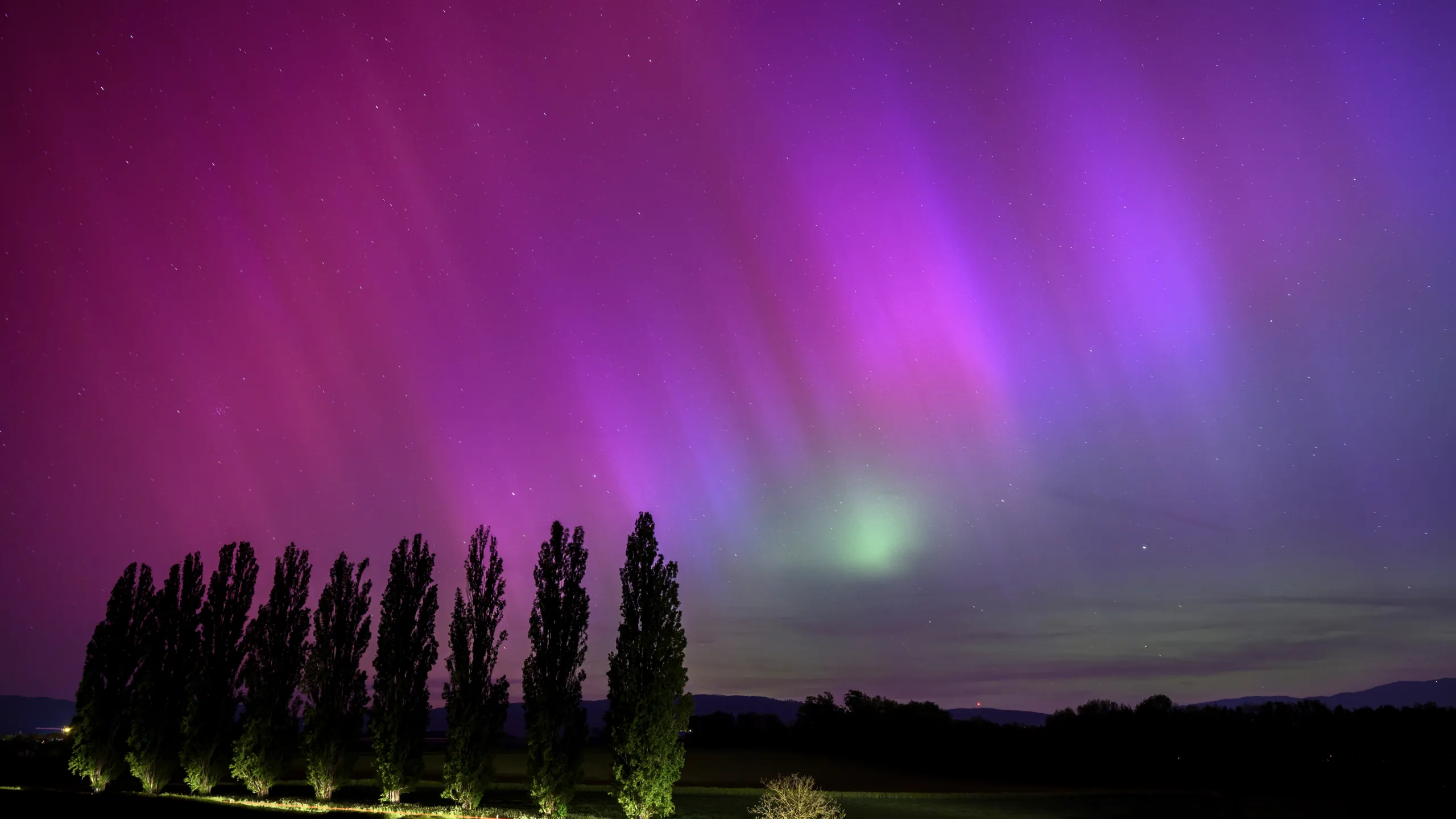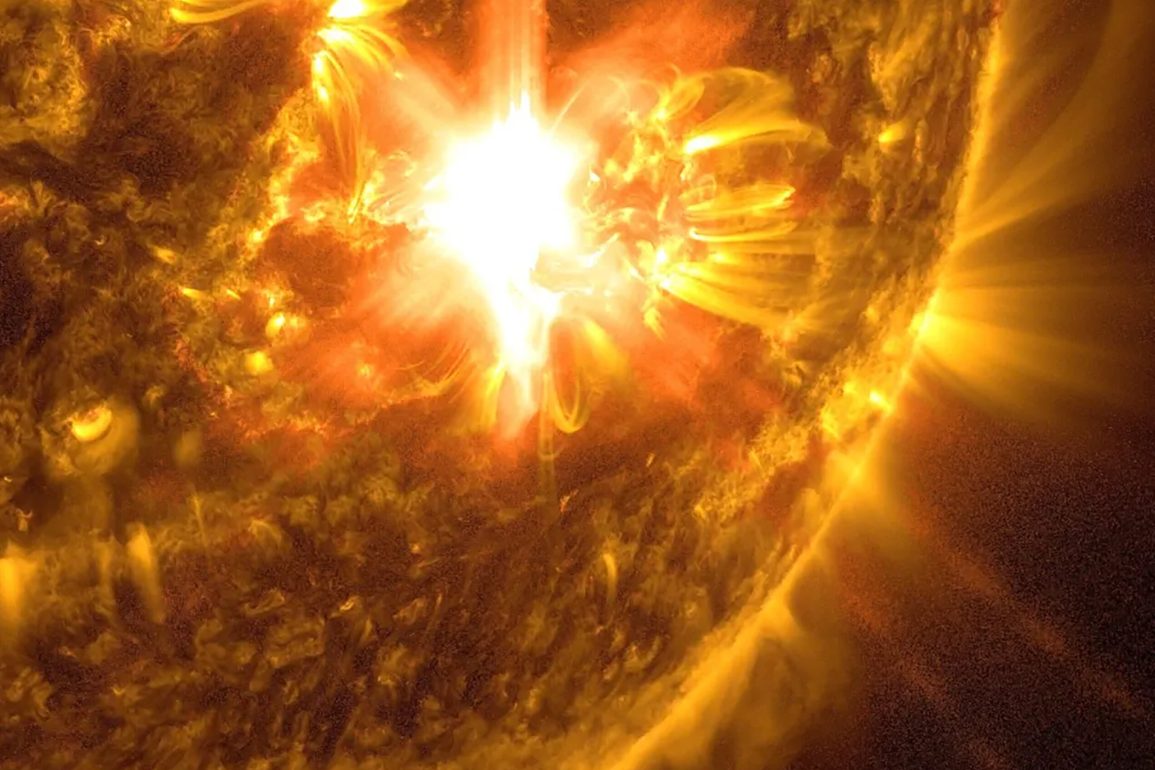A powerful solar flare and coronal mass ejection from the sun could cause auroras to appear much farther south than usual, including in areas like Alabama and Northern California, according to the National Weather Service’s Space Weather Prediction Center. Classified as a level 4 solar storm on a 5-point scale, the event could also disrupt communications, power grids, and satellite operations.
The storm is expected to hit Earth between early Thursday morning and midday, potentially lasting until Friday. Scientists will monitor the storm’s characteristics once it reaches satellites positioned 1 million miles from Earth, offering a short warning window of 15 to 30 minutes before the storm fully arrives.
This storm is the result of a series of intense X-class solar flares, combined with coronal mass ejections from the sun’s outer atmosphere. These ejections are clouds of ionized gas and magnetic fields, which can cause geomagnetic storms on Earth when they interact with the planet’s magnetic field.
In response to the potential disruptions, agencies such as FEMA, the North American power grid, and satellite operators have been alerted, especially given the complications of ongoing hurricane relief efforts. Although G4 storms are common during the solar cycle, there is a 25% chance this storm could escalate to a more severe G5 level.

Solar activity has been increasing as the sun nears its solar maximum, the peak of its 11-year cycle. This heightened activity is causing more frequent and intense auroras, with current predictions suggesting that the northern and southern lights could be visible in central and eastern U.S. states, and possibly even further south if the storm intensifies.
Skywatchers can track auroras using NOAA’s aurora dashboard, and even if the lights are not visible to the naked eye, they may be detectable through camera sensors.
Though the storm is expected to be significant, NOAA scientists believe it will not surpass the strength of a G5 storm from May, which caused minor disruptions, including GPS issues for John Deere tractors. In that storm, power grid and satellite operators managed to avoid major damage.
Nevertheless, the event was a notable success in mitigating the effects of space weather. Solar storms can cause significant issues, and monitoring continues as scientists anticipate more solar activity through the remainder of this solar cycle.
The speed of this week’s coronal mass ejection, the fastest recorded in the current solar cycle, has surprised scientists. However, this does not necessarily indicate that the peak of solar activity has been reached. Some of the most intense solar storms in past cycles have occurred after the peak.
The current solar maximum could stretch through next year and into 2026, meaning that more significant space weather events are likely as the sun continues through its active phase.

